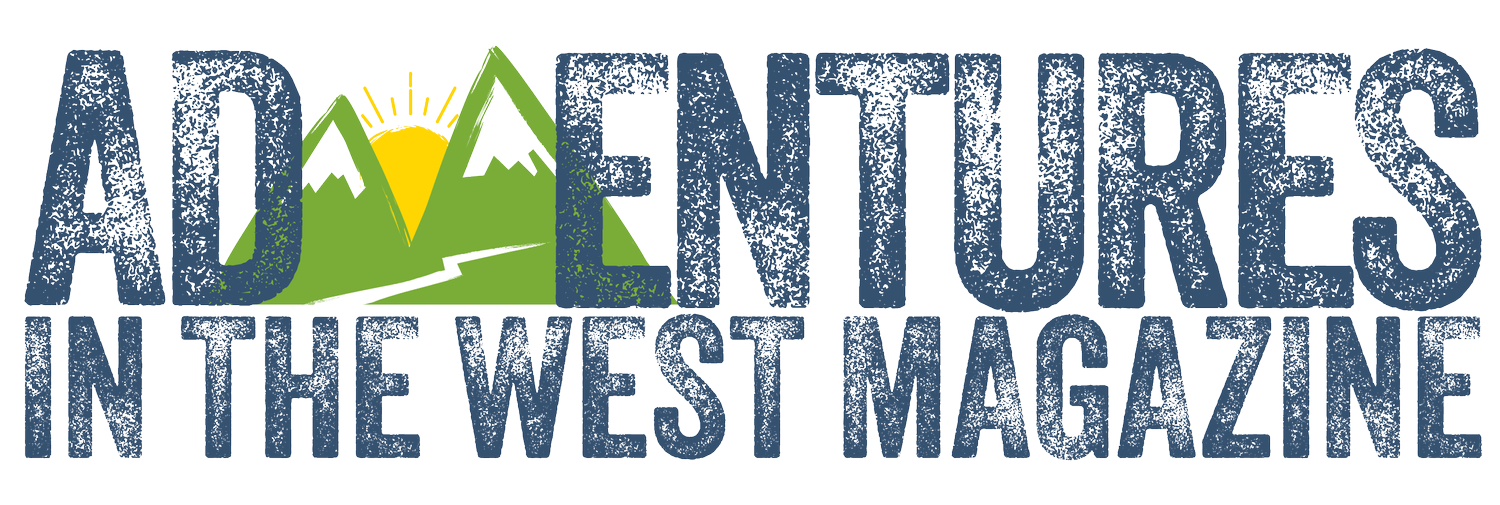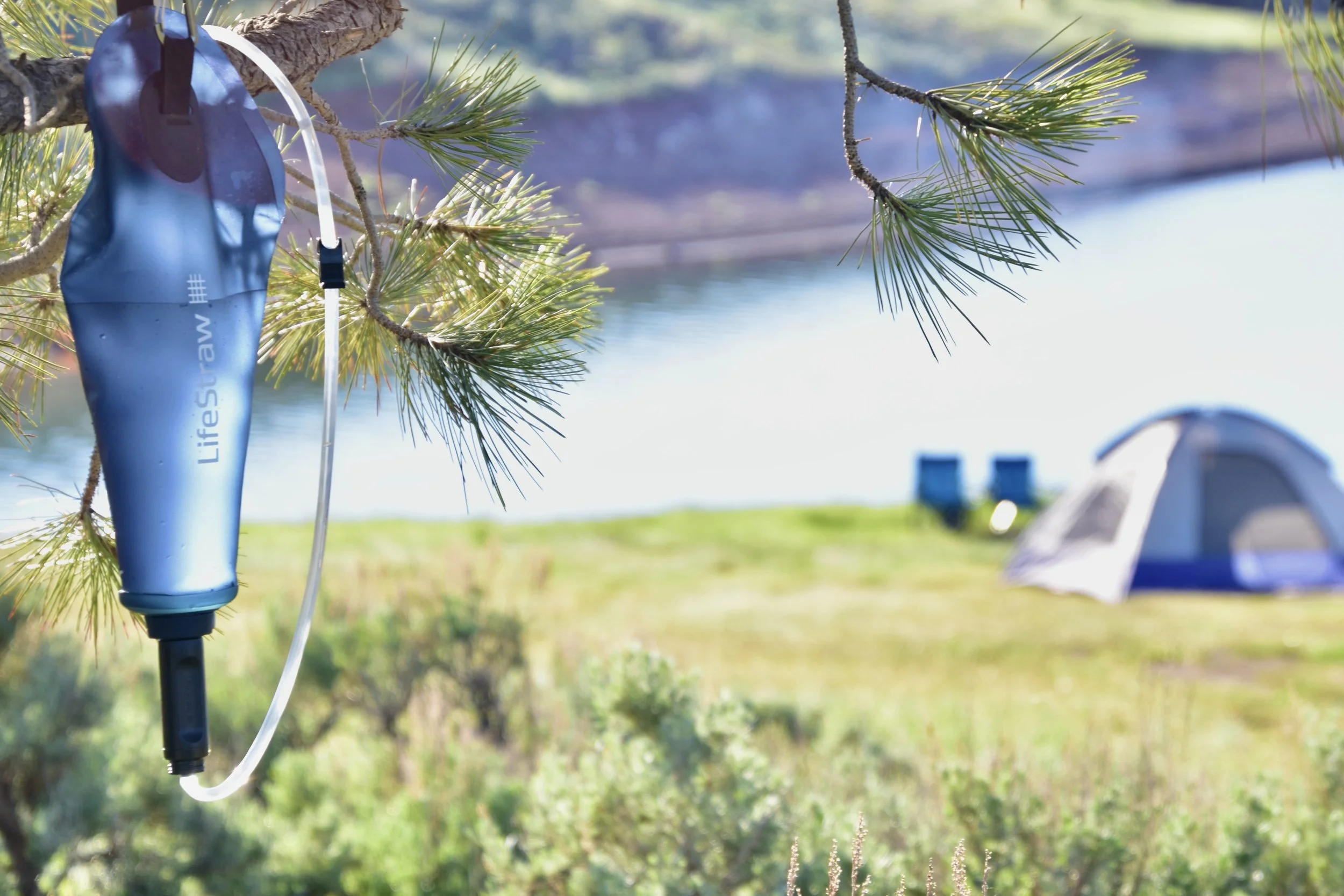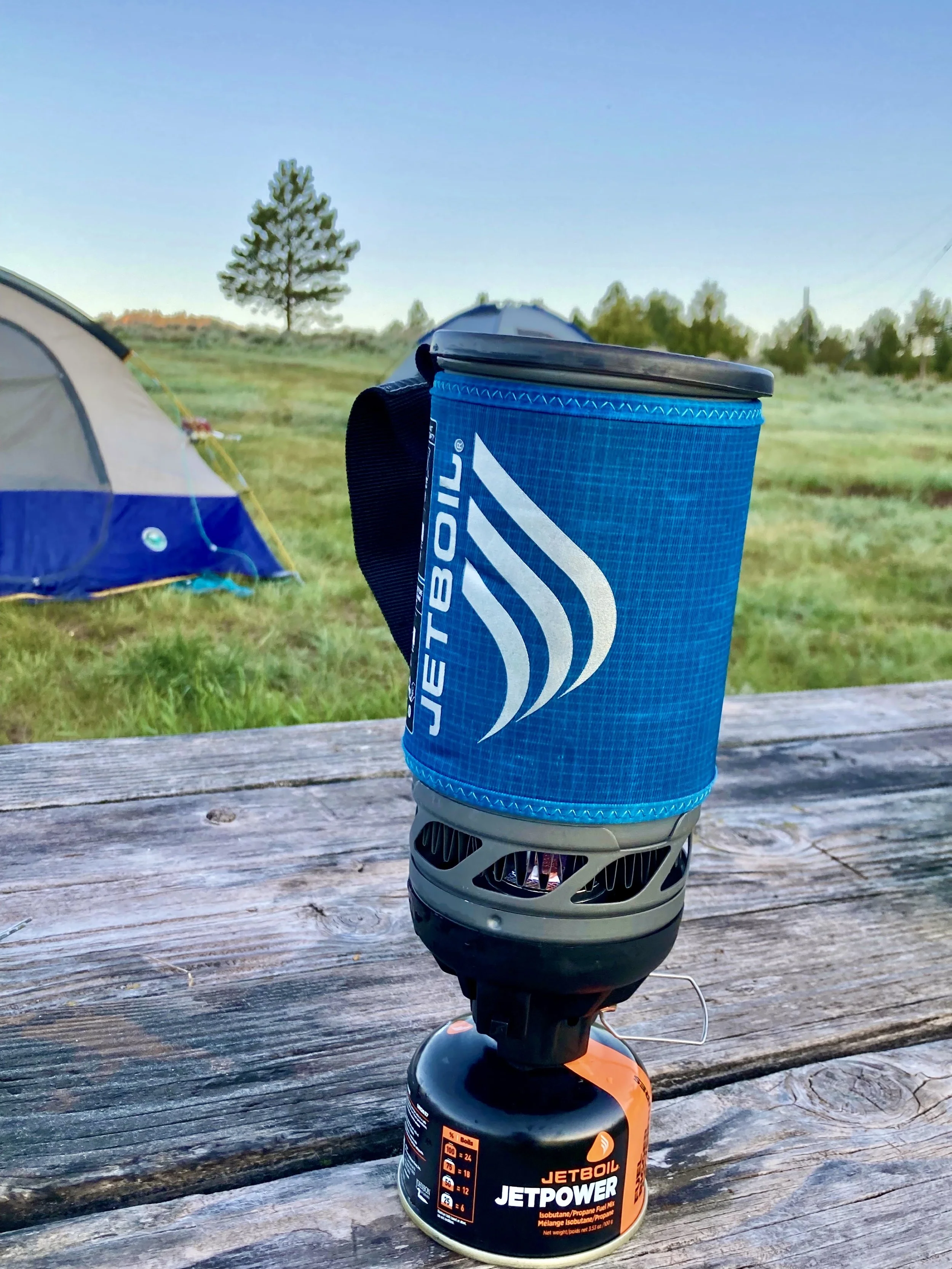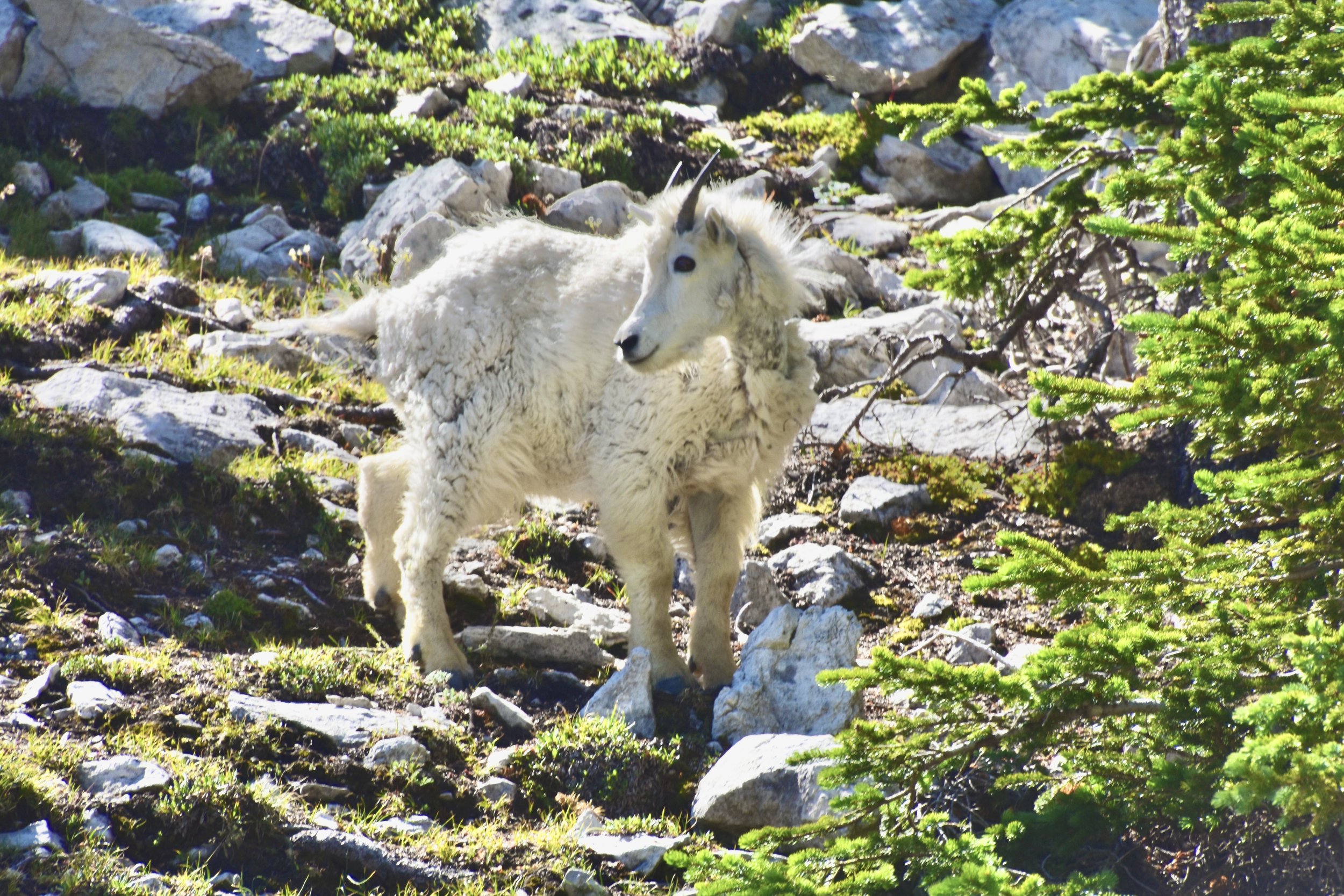Water Wisdom
A Hiker's Guide to Hydration and Filtration
Trails Across the Country
Photography contributed by Amy Grisak and Sawyer Products
People-watching on the trails is a sport all on its own. I've seen one hiker dressed as Wonder Woman, city-born visitors wearing sleek—and completely inappropriate—attire, and even a woman wearing a muumuu and gold-colored flip-flops. Yet, my greatest eyebrow-raiser is when we pass hikers who are not carrying any water or have only one bottle in hand for a ten-mile hike. It makes me want to scream.
In my first book, Nature Guide to Glacier and Waterton Lakes National Parks, I wrote, "For the love of all that is holy, please carry adequate water." I was beyond happy when the editors left this in the text because I feel so strongly about staying hydrated on the trail.
Being adequately hydrated for a hike or outdoor activity is critical for a safe adventure and particularly on a backcountry trail, drinking enough water is serious business. I’ve lost track of the times when I’ve seen a ranger hiking up a trail to treat a visitor suffering from dehydration.
Obviously, thirst is an initial indicator that you need to consume more fluids. Simply enough, if your mouth is dry, drink! Another early sign is a headache. This might start out as an annoyance, but if left unresolved, it can lead to confusion and disorientation, which is especially dire if you are hiking alone.
If you do not drink, dizziness is another warning sign, as well as muscle cramps and energy loss. Take note if you're not urinating every four hours or so. Experts also say that dark-colored urine is an indication of dehydration, but honestly, that might be a little tough to check on the trail. At one point, you might even begin fumbling your words. If you reach this level, you are quickly heading into dangerous territory.
Proper hydration begins at home. Don't start the day with an empty tank. As soon as I wake up, I drink a couple of cups of water to hydrate my system. Then, about half an hour before reaching the trailhead, I drink another cup. That way, I can use the vault toilet (or bush) before putting on my backpack and starting the hike.
The general rule of thumb is to drink a liter of water every two hours. This holds true for cold conditions when we tend not to drink as much as we should. If it's hot, double that amount and bring a little extra.
Knowing how much water to have also means that you have to estimate your hiking time accurately. For example, the hike to Grinnell Glacier without taking the boat is roughly 11 miles. When our family hiked it last year, there were plenty of stops to see wildlife, take photos, and relax at the glacial lake. It took us six hours and I brought three liters of water.
Water is good, but there are times when adding electrolytes is a game changer, especially when you're sweating and losing valuable minerals. Incorporating electrolytes into your water remedies this, yet many wonder what electrolytes do.
We are electrical beings, and electrolytes are essential minerals that carry a positive or negative charge that conducts electrical charges between your cells. When you are dehydrated, or on the flip side, drink so much plain water that your system is diluted, it disrupts the messages to your cells. We tend to feel terrible when this happens, so keeping electrolytes on hand or drinking them during your activity is imperative.
During a hike with my son, Sam, to Patrol Mountain Lookout outside of Augusta, Montana, the forecast called for 98 degrees F by the afternoon. I froze several bottles of Gatorade to bring with us, plus I had a few chilled for our start in the morning. I also kept a couple of packets of Emergen-C in my pack in case we needed anything extra. It was blistering hot by the time we reached the lookout and hiked down, but we were okay with maintaining a proper electrolyte balance.
Lately, I prefer using LMNT, which provides the "big three" — sodium, potassium, and magnesium — in an array of flavorful powders. I usually add a packet to one of my drinking bottles and bring several, especially if others might need something. They don't weigh much, and a simple packet like this can save you an outing.
Sometimes it's impossible to carry enough water with you, whether you are on a multi-day trek or need to pack lighter because of rugged terrain. In this case, you'll have to filter your water to ensure it's safe to drink even when the water itself looks clean, cold, and absolutely pure.
I learned this the hard way years ago when my husband Grant and I were in the Bob Marshall Wilderness. We dipped our bottles into the fast-moving, crystal-clear stream and questioned whether we really needed to filter it. A short time later, we walked along the stream up the hill to the lake and found a dead mule deer buck trapped within the remaining ice. Gag!
That convinced me that treating water is essential, even in the pristine backcountry. The wildlife we encounter, such as bighorn sheep and mountain goats, utilize these same water sources and don't care where they defecate.
On the trail, we're concerned about pathogens such as microbial cysts, protozoa like Giardia and Cryptosporidium, and bacteria like E. coli and salmonella. They all can turn a fantastic outing into a gastrointestinal nightmare.
Viruses are also listed as a concern, but in reality, they aren't. Speaking with Kurt Avery, founder of Sawyer Products, after decades of providing filters for people in regions worldwide with highly contaminated water, he says no one has become sick using their filters. Viruses aren't an issue for those hiking in the United States, Canada, Australia, and most of Europe.
"The technology came out of kidney dialysis. If it can clean blood, it can clean water," Avery points out. This hollow fiber filtration radically changed the industry by the 2000s.
Over the past 25 years, Sawyer has continued improving the function and convenience of the filters. All Sawyer filters boast a 0.1 micron filter that physically removes 99.99999% of all bacteria, such as salmonella, cholera, and E. coli, along with the same level of all protozoa, including Giardia and Cryptosporidia.
To put it in perspective, Avery says, "Your hair is 17 microns. The largest hole (in the filter) is 170 times smaller than your hair. Nothing that makes you sick is smaller than a .2 micron. We have 28 million (people) using this filter, and no one is getting sick." This offers a lot of assurance, even when the water looks less than desirable.
One of the most significant considerations is when you fill your bottle or bladder, be careful not to have untreated water on any part of the filter or bottle where you might drink because you can pick up a contaminant.
Also, you need to backflush the filter with a large syringe to keep it clean. If you store the filter for the season, back-flush it with a capful of bleach per quart of water or an Aquamira (chlorine dioxide) solution to kill anything that might grow within it during long-term storage.
Do not allow the hollow-fiber filters to freeze if you’re backpacking out in cold weather. Avery suggests bringing a baggie and keeping it in your sleeping bag.
As he explains, “Once (the filters) are moist, the ice is going to expand.” When this happens, it stretches the openings of the fibers, which can no longer filter out particles to the necessary level, rendering the filter ineffective in protecting against pathogens.
Whether you opt for water bottles, a water bladder, or choose to filter along the way, be smart and stay well-hydrated.
To stay hydrated while hiking:
✔ Begin hydrating before you leave home
✔ Estimate your hiking time accurately
✔ Drink one liter (approximately 32 oz) of water every two hours
✔ If you’re thirsty – consume some liquids!
✔ Signs of dehydration – dry mouth, headache, dizziness
✔ Have electrolytes on hand
✔ Carry a water filter and know how to use it








